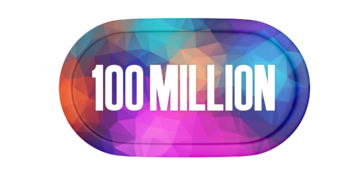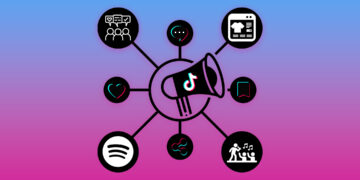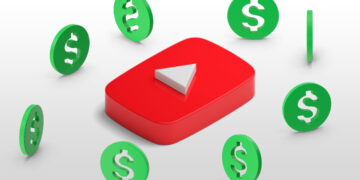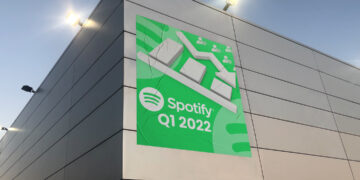YouTube: Most valuable partner of the music industry?

- By 2025, YouTube aims to become the most important revenue generator for the music industry
- How they plan to achieve this ambitious goal
- How YouTube's rapidly growing advertising revenues are also having a positive impact on musicians
As we have reported before, YouTube wants to be the most valuable revenue generator for the music industry. YouTube’s Global Head of Music, Lyor Cohen, has recently set 2025 as their target. According to the newest numbers, YouTube paid out USD 4 billion to artists, labels, and distributors, 1 billion less than Spotify. But how is YouTube planning to overtake the industry leader? Well, on the hand, with the rapidly growing ad revenues and on the other, with the tremendous growth of YouTube Music.
High music consumption on YouTube
A quarter of all videos consumed on YouTube is music content. Another quarter comes from media companies and the remaining 50% from creators. This is an impressive number, especially if you consider that YouTube has 2 billion monthly users who watch one billion hours’ worth of videos every day (meaning 250 million hours of music are consumed daily on YouTube). This also means that musicians are receiving a considerable part of the ad revenues – which are growing enormously.
Ads revenue rises heavily
In the first 9 months of this year, YouTube generated USD 20.21 billion from advertisements, more than they did across the whole year in 2018 or 2019. By the end of the year, analysts predict the number to reach USD 29 to 32 billion. Using advertisements, YouTube thus makes more profit than the entire music industry. And a pretty portion of that sum should be going into the pockets of the musicians.
If music makes up a quarter of video consumption, the music industry should be receiving around USD 7.25 and 8 billion. But this number probably won’t be reached, since during the time period in which the music industry received the USD 4 billion, YouTube made 24.8 billion in advertising turnover, so a quarter would have been equivalent to 6.2 billion. Still: rising ad revenues means more money for the music industry.
YouTube Music establishes itself
A strong growth can also be observed at YouTube Music, which has now reached 50 million subscribers (including YouTube Premium customers who automatically have YouTube Music in their subscription). In a short amount of time, YouTube Music has thus established itself as one of the most important streaming services out there and is currently showing the highest growth rates.
This might set alarm bells ringing for some, since YouTube has a bad reputation when it comes to paying their musicians. Indeed, the payouts for Art Tracks or those made via the Content ID are rather meager. However, we must look at YouTube Music separately, and the numbers show that the payout per stream does hold up to the rates of Spotify, Amazon, and Apple Music. We will analyze in more detail how big these payments exactly in another post.
YouTube with enormous market power
Whether or not YouTube will reach their lofty goal is still written in the stars. But they definitely have the potential. YouTube alone has enormous market power, even more so as part of the behemoth Alphabet (Google). They also offer a multitude of opportunities for musicians, from streaming on YouTube Music to Art Tracks to music videos to podcasts, all the way to the Content ID, thanks to which you also make money when others use your music.











